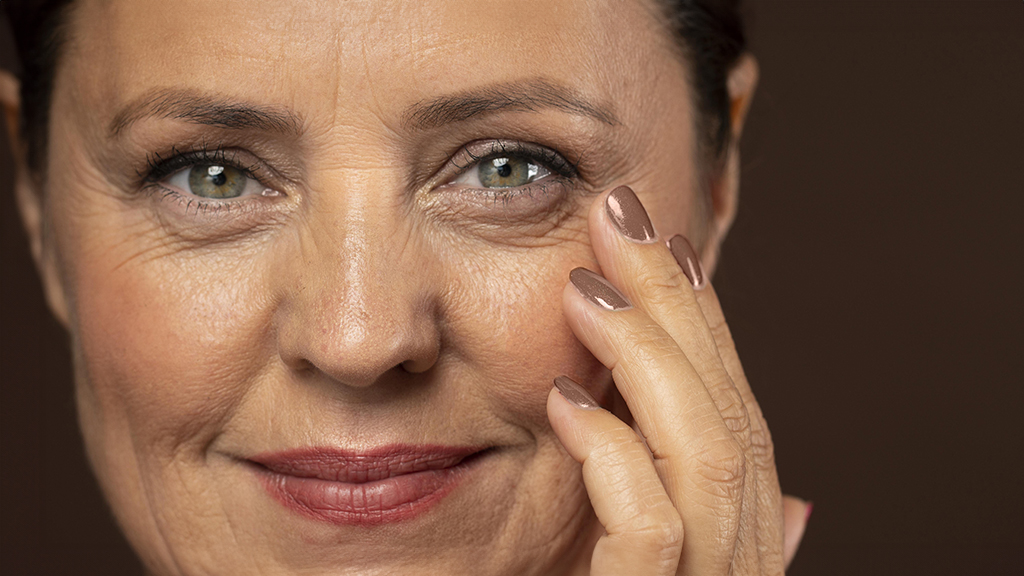TRAM Flap Breast Reconstruction
The pedicle Transverse Rectus Abdominus Myocutaneous (TRAM) Flap reconstruction involves utilizing skin, fatty tissue and part of the abdominal muscles to create a reconstructed breast mound. Unlike the perforator flap procedures, the pedicle TRAM Flap breast reconstruction does not require microsurgical expertise as the flap will be passed through a surgically created “tunnel” under the upper abdominal skin to the chest area and all the necessary blood vessels will remain intact.
Our Reconstructive surgeons are highly experienced in the advanced microsurgical perforator flap procedures and will opt for this surgery only in the rare event that your anatomy does not allow for the DIEP or SIEP flap to be performed.
You are an ideal candidate if you:
- Prefer the most realistic breast shape and texture
- Wish to utilize your own body tissue rather than implants
- Have a sufficient amount of tissue in the lower abdomen to create the new breast or breasts
- Do not want or are not a candidate for implant reconstruction
- Have been previously radiated
- Are having immediate reconstruction at the time of skin sparing mastectomy
- Are having delayed reconstruction following mastectomy
- Would benefit from a “tummy tuck”
You are NOT an ideal candidate if you:
- Do not have enough lower abdominal tissue to create the flaps
- Have had previous abdominal surgical procedures such as tummy tuck (a C-section scar is usually ok)
- Have a BMI of 30 or above
- Have diabetes, vascular disease or connective tissue disorders
- Are a smoker or quit smoking only recently
- Are very physically active and wish to preserve your abdominal muscle
- cannot tolerate anaesthesia for long periods
- do not wish to have a lower abdominal scar
The blood vessels that supply the pedicle TRAM flap are located within the rectus abdominus muscle. To create the flap, this muscle is surgically divided in the lower abdomen. The upper portion of the muscle and the blood vessels that run within it are left attached in their original position, and a portion of the rectus abdominus muscle, along with skin and fat, is completely removed from the lower abdomen. The muscle is then turned or folded on itself and the flap is transferred by passing it through a surgically created “tunnel” just below the surface of the skin and connected to the breast site. When the flap is seen to be receiving a good blood supply in its new position, the excess fat and skin is removed, and the flap is shaped to form the new breast mound. The abdominal wall is strengthened against the risk of a hernia with synthetic mesh or human tissue-derived Alloderm® overlying the muscle. The wounds are then closed, generally with dissolvable sutures.
The portion of the flap that remains partially attached to the donor site by muscle is called a “pedicle” hence the name Pedicle TRAM Flap.
In addition to donor site morbidity, pedicle TRAM flap breast reconstruction has other significant limitations due to partial removal of the rectus abdominus muscle from the abdominal wall. The primary disadvantages include:
- Abdominal wall weakness, resulting in bulging, and hernia. To prevent hernia, most surgeons will place a synthetic mesh or human tissue-derived Alloderm® in the abdominal donor site to try to reinforce the abdominal wall.
- The attached muscle pedicle can restrict movement of the flap, thus limiting the surgeon’s ability to position and shape it into an aesthetically pleasing breast.
- The blood flow provided in the attached pedicle is usually less robust in comparison with that provided by microsurgical free flaps, resulting in less reliable abdominal tissue being used, and a higher rate of fat necrosis.
The procedure generally takes anywhere from six to eight hours to complete, and is performed under general anaesthetic. Although they are well hidden, scars from this reconstruction are long. In addition to the breast scar, there is also a scar across the entire width of the abdomen in the bikini line, similar to that of a tummy-tuck. This can generally be concealed in most clothing.
A few months after the breast reconstruction procedure, if it was removed with mastectomy, restoration of the nipple and areola will follow. The shape of the breast may also be refined to be more symmetrical with your untreated breast. For many patients the reconstructed breast may be firmer and have a more youthful appearance than their natural breasts.
Advantages
- Most realistic breast texture and skin colour match
- No breast implants used for reconstruction
- Short reconstructive process – wake up with the breast mound in place
- Fewer long-term complications and re-operations
- Reconstruction can tolerate radiotherapy
- Provides skin to replace the nipple area in immediate reconstruction to allow only a single, circular breast scar around the nipple
Disadvantages
- Long anaesthetic time
- Permanent abdominal weakness
- Increased risk of developing a hernia or bulge of the abdomen
- More postoperative pain than following perforator flap breast reconstruction
- Longer recovery after surgery than for procedures that do not sacrifice muscle.
- May need further small procedures to re-shape breast
Risks & Complications
All patients must understand and accept that no surgical procedure is absolutely free from risk. For further information concerning the risks and complications associated with Autologous Breast Reconstruction, please refer to Risks and Complications of Autologous Breast Reconstruction.
For details about procedures and treatments or for a consultation, advice and prices from our Dubai clinic please call +971 4 431 2396 or use our online form.


